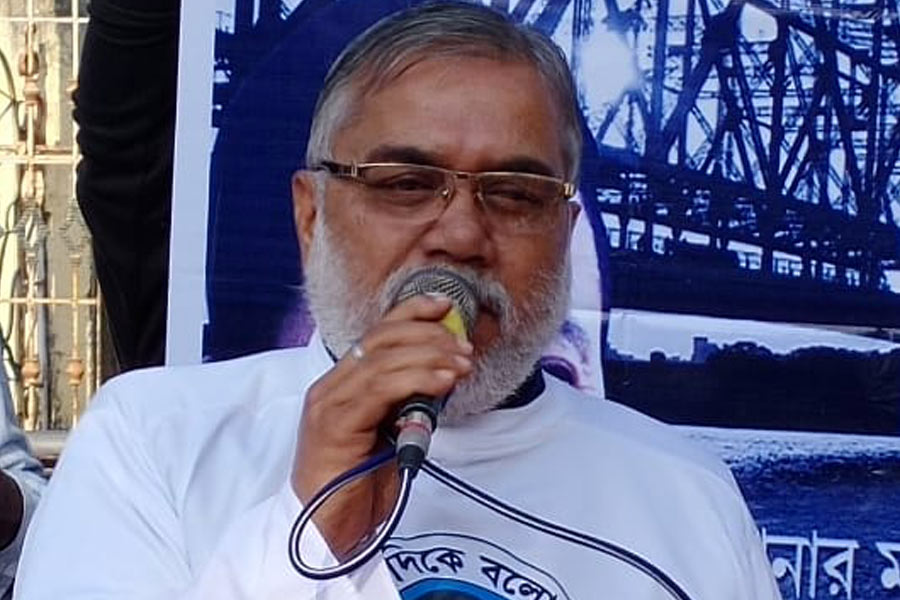At the close of the 18th century, Hamburg stood at the pinnacle of its financial power. The harbour witnessed unprecedented marine traffic and warehouses in Hamburg were stocked with goods from all over the world. In 1799, however, the weather turned foul. The winter of 1798-99 was one of the harshest on record. Ice choked the harbour, ships lay paralysed, and transferring goods from holds to warehouses was a challenge. Sales quickly declined and commodity prices plummeted. To prevent a stock market crash, merchants of the City of London raised about £1.2 million in bullion and coin to provide loans to banks in Hamburg. The ship, HMS Lutine, carrying the bullion did not make it to Hamburg due to another severe weather event. On the evening of October 9, the ship ran aground and sank off the Dutch coast. All crew and passengers except one perished and all the treasure was lost. Financial crash came to Hamburg in 1799. Extreme weather disrupted the economy then as it does now. Indications are that the severity and frequency of extreme weather events such as cyclones will increase.
While Hamburg and its business institutions went into insolvency, the merchants of London did not. Lloyd’s underwriters had insured the Lutine’s cargo. The claim was paid in full. Insurance was here to stay as a mechanism of transferring the risk from individuals and businesses (policyholders) to the insurance company in the event of unexpected losses and could be availed in exchange for payment of a premium, usually a small amount compared to the value of what is insured. Insurance works on the principle of risk pooling wherein many policyholders pay premiums used to pay out claims when necessary. Not all policyholders experience a loss simultaneously, so the premiums from those who do not experience losses help cover the claims of those who do.
However, insurance is not equally valued across countries or even within societies. Insurance penetration is above 10% of the gross domestic product in the United States of America, whereas in India, it is about half as much. Among other factors such as economic development and regulatory environment, cultural attitudes towards insurance also vary. Insurance penetration in the US might reflect the ‘Protestant Ethic’. In The Protestant Ethic and the Spirit of Capitalism, Max Weber argued that the modern spirit of capitalism sees profit as virtuous. This fostered a mindset conducive to the development of modern capitalism as opposed to religious beliefs that encourage trust in fate or divine providence, perceiving insurance as unnecessary. In societies where extended families or tight-knit communities provide mutual assistance in times of need, individuals may be less inclined to rely on formal insurance products. In more individualistic cultures, insurance may be seen as a necessary means of protection.
Climate change is making insurance coverage for certain hazards and geographies a challenge even if insurance is valued by the society in question. In 2022, global insured losses from disasters associated with natural events were about $125 billion. Experts say that the annual catastrophe insured loss burden per year is likely to be at least $100 billion. From 2017 to 2022, the average annual insured losses stood at $110 billion.
Rather than the physical destructive force of natural catastrophes, the main drivers of high losses are economic growth and the accumulation of asset values in areas susceptible to natural perils. Most megacities develop around waterways close to coasts and rivers that heighten wind, storm surge and river flood exposure. Where we build and invest has a bearing on insurability. Since 2017, the reinsurance industry has paid out $650 billion (in 2022 prices) for weather-related catastrophes claims. Reinsurance firms provide insurance coverage to insurance companies. However, premium income has not kept pace with events or exposure growth, resulting in a steady decline in profits and capital supply to the industry for underwriting. If governments do not direct development away from harm’s way, they will increasingly have to play the role of reinsurers, burdening the taxpayers. Are taxpayers paying attention?
Anamitra Anurag Danda is an environmentalist. Views are personal











